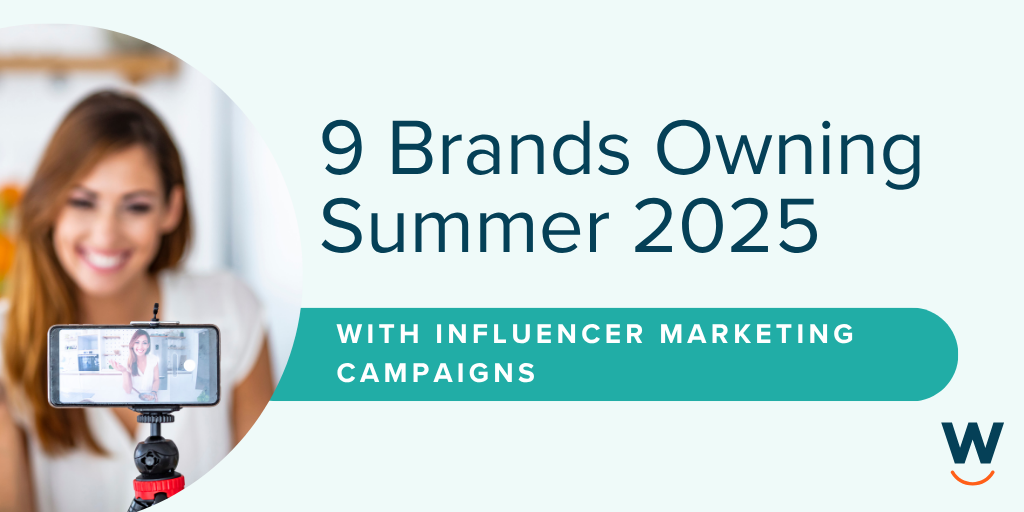
What Not to Do With Your Business Contacts: 10 Sales Mistakes to Avoid
Where’s the introductory paragraph? See point 6.
1. Call just to check in
There’s a big difference between keeping a prospect warm and wasting their time. Here’s a good rule of thumb: if you’re not giving them something of actual value (content, a hot business tip that helps them specifically or a discount) you probably shouldn’t make that call. Your time is valuable, your prospect knows this. “Just checking in” doesn’t fool anyone, you’re checking in to see if they might randomly say “yes” today. They know it, and they won’t.
2. Add them to your email cadences without permission
Just because someone gives you their business card or connects with you on LinkedIn, that’s not an invitation to add them to your newsletter or email cadences. I thought we talked about that before. This is one of the basics of relationship building. If you’re working to build relationships, like with any relationship, don’t do jerky things. If you’re looking just to make a sale and aren’t interested in relationship building…well, you’re probably not reading this.
3. Be too persistent
Hearing from you once in a while is something prospects appreciate. Hearing from you three or four times a day makes your prospects think you need more friends. As your prospect moves through the funnel they’ll probably need and want to be in touch with you more frequently, getting answers to questions and figuring out service details. But at the wide end of the funnel, you should call them about as often as you call your mom: when you have big news or when you’re feeling guilty that you’ve been ignoring the voicemail icon on your phone.
Already a repeat offender? Put more prospects in your pipeline with Winmo
4. Don’t take a hint on the call
If you’ve managed to find someone who picks up when you call, remember that you’ve interrupted them. They were doing something else, and now they’re on the phone with you. If you’re overstaying your welcome, there are ways you can tell. It could be that their answers get shorter and they ask fewer questions. It could be a subtle change of tone of voice, or maybe they tell you they have a meeting or a hard stop at a certain time. Pay attention to these indications that it’s time to go, and quickly and politely get off the phone.
5. Email them when they prefer the phone (and vice versa)
The little icon on your phone that tells you you have a voicemail: Annoying, isn’t it? Who leaves voicemails anymore anyway? Probably the same people who will fax you as soon as they get your number from their pager. You know who likes to use the phone? Your mom. If your customer is showing you they have a preference for voice calls rather than emails, why would you ignore that? Do you ignore your mom? Probably, but don’t ignore your prospects. If they like communicating by email, that’s how to reach them. If they like phones, do that. Make them feel like you care.
6. Have a ton of preamble
We the people of this sales organization, in order to write a more perfect email, establish funnel stage, insure commissions, provide for… whatever. The Constitution is awesome, but not everything needs a preamble, especially not your emails. You need your emails and blog posts to be more like Seal Team 6 than Green Mountain Boys: fast, memorable and clinically effective. For email, assume for every time you hit enter you lose half of your readers; for blog posts you have about 100 words to capture your reader’s attention. Don’t waste them.
7. Over-present
Whether you’re demoing software, presenting in a room or talking up features and benefits on the phone, keep it relevant. When you’ve created your presentation or spiel, you’re going to cut it in half. If you have anything explaining who your organization is, that has to go first. Your prospect won’t care about your company history until they have an idea of what you can do for them. Your prospect doesn’t care about your customer or client list until they think you might have a solution to their problems. So lose those parts of your presentation. Anything that doesn’t show your prospect how you can help them overcome their immediate problems is for your benefit, and that’s not why your prospect met with you. So cut that, too.
8. Try to be the solution to every problem
Your product isn’t a solution to every problem. Claiming it to be so just makes you come off like you’re selling snake oil. Focus on learning the prospect’s challenges, how they‘re related and how they depend on each other – and then explain how you can address the biggest of them, or the one that will have the greatest impact for the prospect. Nobody will believe you can fix everything, so don’t try to sell them that you can.
Ready for more business contacts? Find emails, direct dials and more with Winmo
9. Fail to understand their business
If you don’t understand your prospect’s business, you better come with questions. If you don’t, they’ll see you’re just trying to sell them something, whether it’s right for them or not. You can show you understand their company and industry by offering them content that will help solve a problem, big or small, or writing that content and sharing it on LinkedIn. Thought leadership always looks good to prospects, so have a well-researched opinion about something.
10. Ignore their fears/concerns
Your prospect already knows they have a problem to solve. But on top of that they have anxiety about throwing their money at a solution that might not deliver. For you it might be that of course your product can deliver the results. Of course it’s great value. Of course the ROI is so huge it crosses timezones. Of course. But then your prospect only has your word, the claims on your website and a handful of carefully selected testimonials to prove that. Your prospect wants to believe everything that you say, because it sounds so good. But if you want to close them, move slow – there’s things about your product they just have to know.</britney>
Need to fill your pipeline with prospects? Load up with Winmo!




